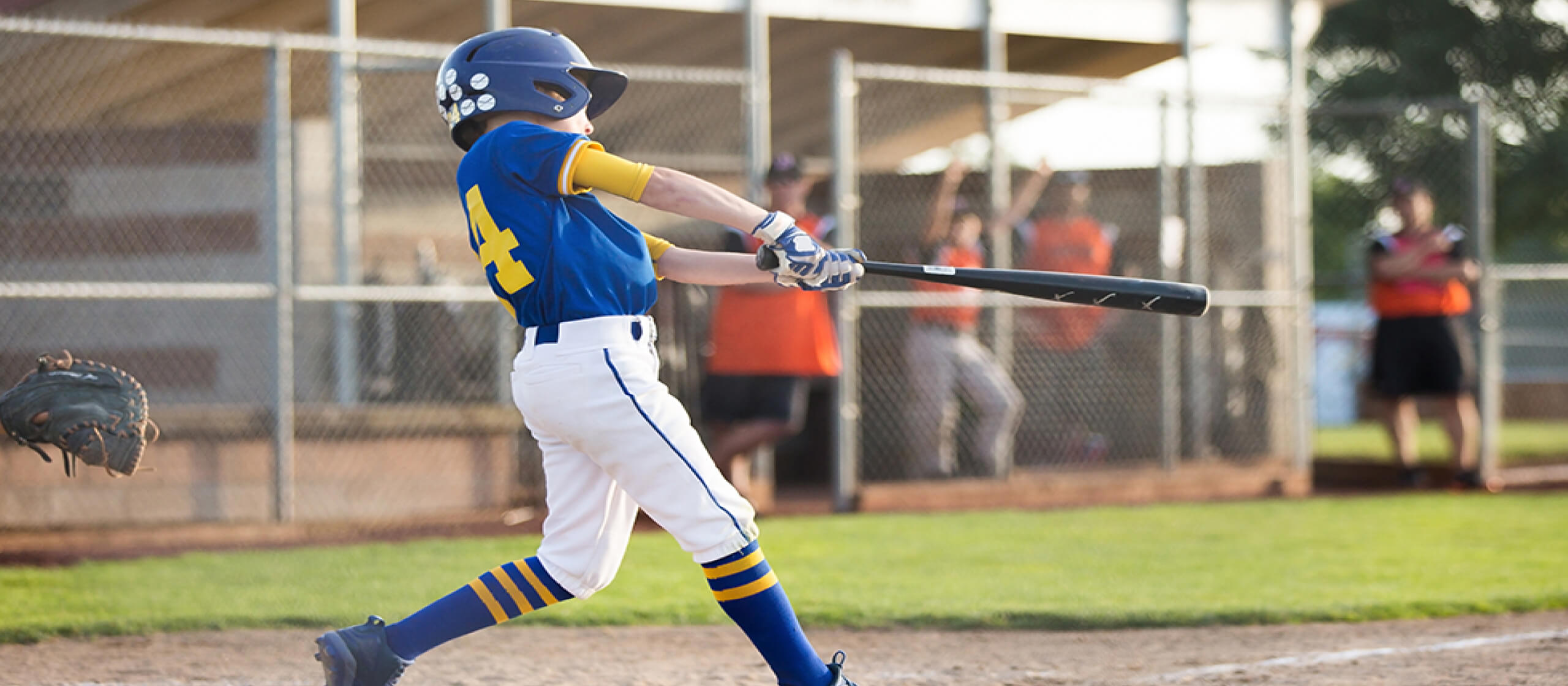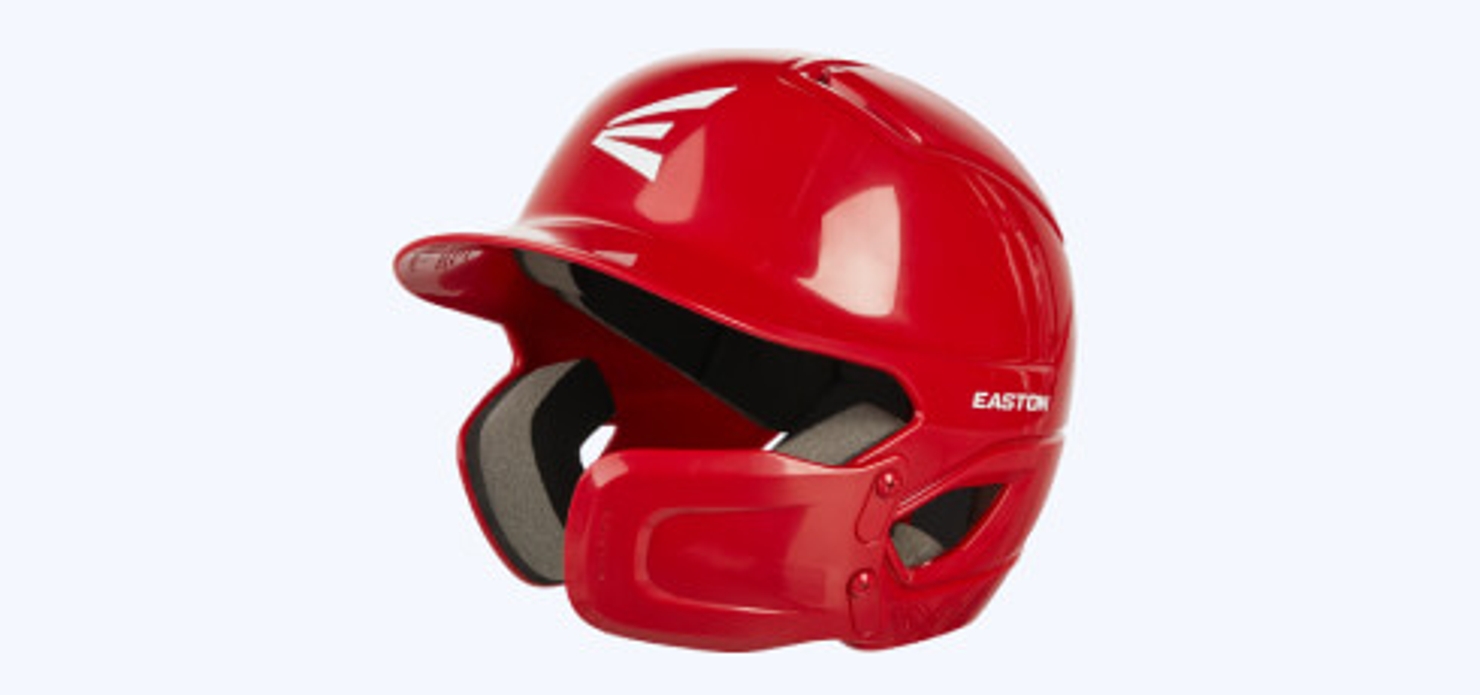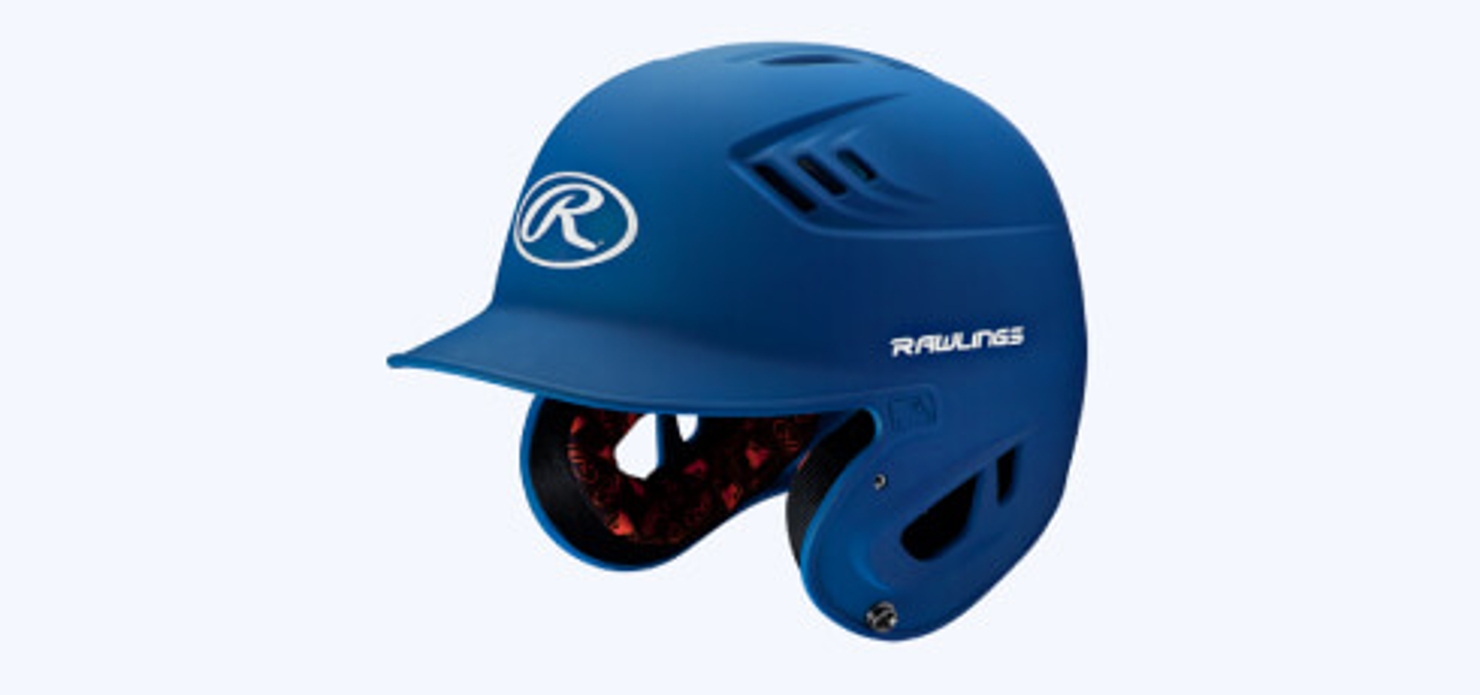Softball/Baseball Helmet Sizes + Chart for Every Age

Are you really protected when you step up to the batter’s box? Although the Little League requires each local league to provide batting helmets for every game, there’s no guarantee the equipment provided will fit you (or your child) properly.
Different brands like Rawlings will have their own sizing ranges, so it can be hard to find a general range of sizes for the various divisions. The experts at Academy recommend the following baseball helmet sizes:
-
Tee Ball Batting Helmet Sizes: 6 ¼ to 6 ⅞
-
Junior League Batting Helmet Sizes: 6 ⅜ to 7 ⅛
-
Senior League Batting Helmet Sizes: 6 ⅞ to 7 ¾
How To Choose a Baseball Helmet
Expert Tip:
The main considerations when choosing a batting helmet for Tee Ball, baseball, or softball include the general fit of the helmet, looking for signs of an ill-fitting helmet, what hairstyle you’ll wear underneath them, your vision, and the overall coverage.
Step 1: Know the Baseball Helmet Sizes & Chart by Age/Division
Little League baseball and softball encompass a wide range of ages and skill levels: from Tee Ball starting at the age of four all the way up to Senior League at age 16. This broad age range might make buying a batting helmet seem more complicated than it really is.
Want more details? Refer to our Tee Ball, softball, and baseball helmet size chart. You’ll get a better idea about exactly what size you should look for and gain more confidence when you search for batting helmets online or in-store.
Expert Tip:
Helmets must fit properly — no matter your age. Don’t buy a youth helmet with the notion that you or your child will grow into it. Ill-fitting helmets will not protect your head. They could slip and obstruct your vision, or worse: fall off.
| Tee Ball & Youth Baseball Helmet Size Chart | |||||
|---|---|---|---|---|---|
| Age Group | Typical Age | Typical Helmet Size | Head Circumference | US Hat Size | |
| Youth | 4 years | Youth/S - Small | 18 ¾ inches | 6 | |
| Youth | 4 years | Youth/S - Small | 19 ¼ inches | 6 1/8 | |
| Youth | 4-5 years | Youth/S - Small | 19 ⅝ inches | 6 1/4 | |
| Youth | 5 years | Youth/S - Small | 20 inches | 6 3/8 | |
| Youth | 5 years | S - Small | 20 ½ inches | 6 1/2 | |
| Youth | 6-7 years | S - Small | 20 ⅞ inches | 6 5/8 | |
| Youth/Junior | 6-7 years | S - Small | 21 ⅛ inches | 6 3/4 | |
| This chart only shows averages or estimations of measurements, ages, & sizes. Measure your (or your child’s) head a for the most accurate helmet size. | |||||
Take our youth baseball helmet size chart and batting helmet size chart on the go with you! We created a free printable you can download here, so you don’t forget what to look for on your shopping trip.
| Batting Helmet Size Chart for Baseball & Softball | |||||
|---|---|---|---|---|---|
| Age Group | Typical Age | Typical Helmet Size | Head Circumference | US Hat Size | |
| Youth/Junior | 8-9 years | S - Small | 21 ½ inches | 6 7/8 | |
| Junior | 9-11 years | M - Medium | 21 ⅞ inches | 7 | |
| Junior | 11-12 years | M - Medium | 22 ¼ inches | 7 1/8 | |
| Junior | 11-12 years | M - Medium | 22 ⅝ inches | 7 1/4 | |
| Senior | 12-14 years | L - Large | 23 inches | 7 3/8 | |
| Senior | 13-16 years | L - Large | 23 ½ inches | 7 1/2 | |
| Senior | 13-16 years | L - Large | 23 ⅞ inches | 7 5/8 | |
| Senior | 16+ years | XL - Extra Large | 24 ¼ inches | 7 3/4 | |
| Senior | 16+ years | XL - Extra Large | 24 ⅝ inches | 7 7/8 | |
| Senior | 16+ years | XL - Extra Large | 25 inches | 8 | |
| Senior | 16+ years | XL - Extra Large | 25 ¼ inches | 8 1/8 | |
| This chart only shows averages or estimations of measurements, ages, & sizes. Measure your (or your child’s) head for the most accurate helmet size. | |||||
Expert Tip:
Did you know that most manufacturers have their own batting helmet size chart you can use to determine the best helmet size within their product lines? The ball player should always be present when buying a helmet to make sure it really fits!
Step 2: Measure Your (or Your Child’s) Head Circumference
Need a little help finding your hat size? No worries! Measuring your head’s circumference is simple, fast, and reliable.
Any time you plan to take this measurement, make sure you or your child isn’t wearing any headbands, hats, or complicated hairstyles. They’ll just inflate the measurement and result in a poorly fitting batting helmet that doesn’t actually protect you all that well.

-
Step 1: Press a flexible measuring tape at least one inch above your right ear.
-
Step 2: Guide the measuring tape slightly upward around your forehead so it lays flat about two to three inches above your eyebrows.
-
Step 3: Maneuver the measuring tape slightly downward until it lays flat at the center of the back of your head.
-
Step 4: Continue wrapping the measuring tape back around where it meets the start above your right ear.
-
Step 5: Pinch the measuring tape where it joins the opposite end, and gently pull it from around your head.
-
Step 6: Write down the measurement. Consider measuring once more for a more accurate result.
-
Step 7: Refer back to the appropriate baseball helmet size chart to find the best batting helmet size.
Expert Tip:
If you don’t have a soft measuring tape, you can wrap a string around your head, mark where it meets, and then measure it against a ruler.
Step 3: Know Which Type of Batting Helmet You Need
Batting helmets come in three main types: jaw guard, open face, and fastpitch softball. Choose the right style for your batting preferences and league requirements so you’re safe in the batter’s box, standing on deck, and running the bases.
Jaw Guard Batting Helmet

-
Jaw guard helmets have a plastic deflector on one side of the face.
-
They offer protection to one side of your face.
-
Whichever side faces the pitcher determines what side the jaw guard should be on.
Open Face Batting Helmet

-
Open face helmets have the least amount of protection for the front of the face.
-
They offer the most visibility.
-
They are a great option for youth leagues because of the lower pitching speeds.
Fastpitch Softball Helmet
.jpg?auto=webp&format=pjpg&width=1480)
-
Fastpitch helmets have a metal guard covering the jaw and teeth.
-
These are used by softball players. The softball pitching style requires more protection.
-
They offer a mix of good visibility and protection.
Step 4: Know How a Batting Helmet Should Fit
A batting helmet should be comfortable and fit snugly on your head. The brim should sit low on your forehead — about an inch above your eyebrows — with the holes on the sides lining up with your ears. When it sits in this position, it will protect your forehead and the back of your head.

There are a number of ways to instantly know if a helmet does not fit you:
-
It moves or rotates when you turn your head
-
There’s space between the padding and player’s head
-
The straps hang too loosely, don’t secure tight enough, or feel too tight
-
The helmet feels like it squeezes your head or applies too much pressure
Expert Tip:
Remember, different brands and models of baseball and softball helmets fit differently, so it's always a good idea to try on multiple helmets to find the best fit for you.
Step 5: Find the Right Batting Helmet Accessories
Depending on the manufacturer and style, some baseball and softball helmets can support accessories for additional customization, protection, and comfort. Make sure your helmet and any helmet accessories meet all of your league regulations.
-
Face Guards and Cheek Protectors: Most often used in softball, you can install these to your helmet for more protection. If you want additional face protection, make sure it’s the same brand as your helmet so that it’s easily installed.
-
Chin Cups/Straps: Just like face masks and cheek protectors, these should match your helmet’s manufacturer so that it’s easily and correctly installed. You can’t use a chin strap from other sports.
Can You Use a Baseball Helmet for Softball?
Yes so long as it meets your league’s regulations — like whether it's required to have a face mask or cover both ears. No matter the helmet type or brand, it must comply with the National Operating Committee on Standards for Athletic Equipment (NOCSAE®) standards. Baseball and softball batting helmets with a NOCSAE rating means it has a measure of protection if your helmet is fitted properly.
Expert Tip:
The higher the rating number, the more protection you’ll get. If you wear a poorly fitted helmet, it will not protect your head no matter the rating.
Have Fun Out There!
A properly sized baseball helmet is essential to have maximum protection on the field. Find a helmet that keeps you safe while playing the game: measure your head, check the size chart, try on the helmet, and adjust the fit. Looking for more baseball and softball gear to outfit your kit? Browse gloves, bats, bags, cleats and more online or in stores at Academy Sports + Outdoors.


